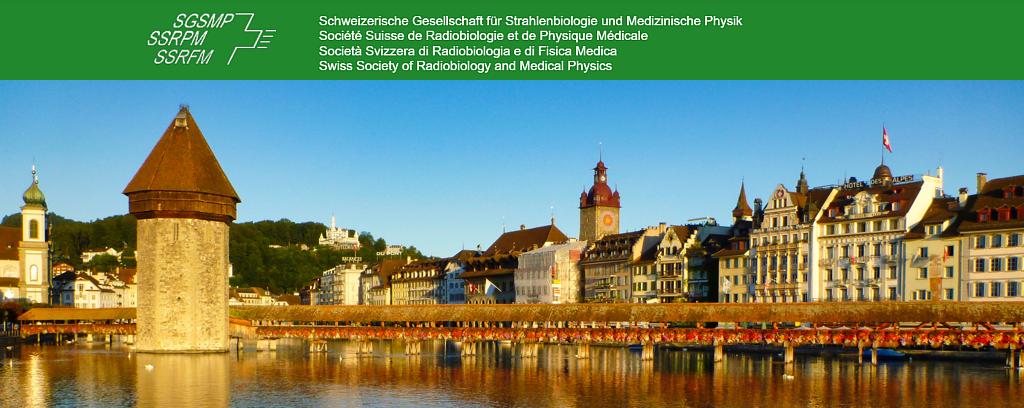Speaker
Description
Purpose
Neuroradiological interventions are minimally invasive procedures that can provide diagnostic information and offer treatment for diseases such as an ischemic stroke or cerebral aneurysm. These procedures have several advantages for the patient, such as fewer complications than open operations and shorter recovery times. However, they are accompanied by radiation exposure. Aim of this study was to determine which type of neuro-interventional procedures are associated with high eye-lens exposure for patients and the factors that affect the eye-lens exposure.
Methods
Real-time measurements were performed on thirty-six patients who underwent diagnostic or therapeutic neurointerventional procedures. Gafchromic™ XR-RV3 films were placed for radiation dose measurements near patients’ eyes. The films were calibrated against an orthovoltage X-ray device (Gulmay Medical) and read with a dedicated scanner.
Results
The dose-area product, fluoroscopy time and cumulative air-kerma were collected for every patient. The median eye dose during neurointerventional procedures was 150 mGy, as measured with the Gafchromic films, with a maximum of 1007 mGy in a single procedure. The mean dose for the left eye (located toward the lateral C-arm X-ray source) was 1.5 times higher than the mean dose for the right one. Doses to the left eye showed better correlation with the air-kerma (r2=0.7) for diagnostics procedures than for therapeutic (r2=0.4), probably because of the complexity of the latter (primary beam, multiple beam projection, etc.).
Conclusions
Some patients may receive eye doses exceeding the threshold of tissue reaction, especially on the left side. High eye dose are mainly related to therapeutic procedures. A careful optimization of the procedures and follow-up of these patients to evaluate potential lens opacities should be considered.

